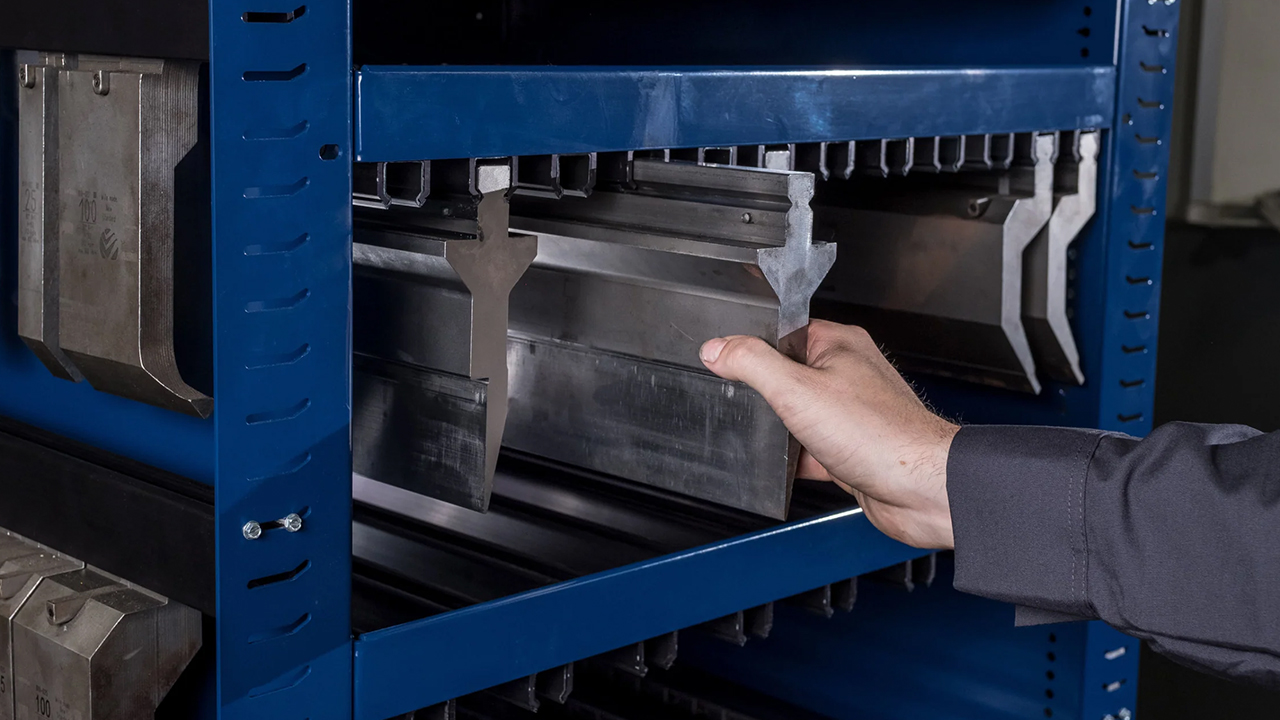Navigating the ever-evolving press brake tooling industry necessitates understanding its global market trends, competitive dynamics, and future growth opportunities. As industry dynamics shift, stakeholders must remain vigilant by adapting strategies to capitalize on emerging trends and mitigate potential risks.
This article comprehensively analyses the press brake tooling industry by focusing on market trends, the competitive market, and future growth opportunities to guide informed decision-making and strategic planning.
Market Analysis
The global press brake tooling market is rising and is projected to reach a staggering USD 1.03 billion by 2032. The industry’s market analysis reveals robust growth driven by increasing industrial automation, infrastructural development, and technological advancements.
Booming automotive industry
The ever-evolving demands of the automotive sector, with its intricate designs and lightweight materials, necessitate high-precision press brake tooling for flawless bends and complex shapes.
Infrastructure development
Rapidly expanding infrastructure projects across the globe call for increased use of sheet metal in construction. This leads to a higher demand for efficient and accurate bending solutions.
Technological advancements
Manufacturers are constantly innovating and developing more innovative press brake tooling featuring quick-change systems, intelligent tool management, and advanced coatings for enhanced durability. This fuels market growth as it addresses pain points and increases operational efficiency.
Nonetheless, the evolving globalization and shifting consumer preferences also shape the industry’s competitive dynamics and growth prospects.
The Competitive Landscape
The press brake tooling industry is a bustling space with a diverse cast of players, with intense rivalry, technological innovation, and strategic partnerships. Key players, including SMBC, share the spotlight by leveraging their expertise, product portfolios, and global reach to establish competitive advantages, drive innovation, and capture market share.
Additionally, industry participants’ mergers, acquisitions, and collaborations reshape the competitive landscape, foster synergies, and enhance capabilities. The competition heats up with the entry of smaller, technology-driven startups disrupting the market with innovative tool designs and digital connectivity features.
This competition offers advantages for buyers, with established brands providing tried-and-tested reliability and extensive product lines while niche players offer customized solutions and competitive pricing. Also, tech-savvy startups bring fresh perspectives and cutting-edge features, pushing the boundaries of what’s possible in press brake tooling.
Future Growth Opportunities
The future of the press brake tooling industry promises exciting developments:
Smart tooling
You can expect greater sensors and artificial intelligence integration into press brake tooling to enable real-time monitoring, predictive maintenance, and adaptive bending adjustments. This will optimize performance, minimize downtime, and push the boundaries of precision.
Sustainable solutions and hyper-personalization
Manufacturers will increasingly focus on developing eco-friendly tooling materials and processes to minimize environmental impact while maintaining performance. Also, Customization will become a key factor, with manufacturers offering bespoke solutions tailored to specific client needs and niche applications.
Conclusion
The press brake tooling industry’s global market trends, competitive landscape, and future growth opportunities underscore the need for strategic foresight, innovation, and adaptability.
Stakeholders can navigate complexities, capitalize on opportunities, and achieve sustainable growth by understanding market dynamics, assessing competitive forces, and embracing emerging trends in today’s evolving industry.
